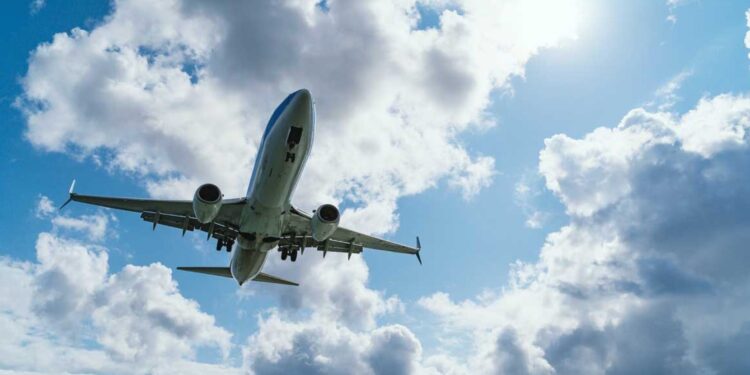The skies may appear calm, but a silent and insidious threat is increasingly unsettling the global aviation industry: escalating cyber vulnerabilities. A recent report by Thales Group highlights a staggering 600% increase in digital attacks globally within just one year, signaling a critical juncture for airlines, airports, and air traffic management systems worldwide.
The digital transformation that has swept through the aviation sector in the past two decades, aimed at enhancing operational efficiency and passenger experience, has inadvertently opened new avenues for cyber adversaries. From flight operations and air traffic control to passenger data and supply chains, every interconnected element presents a potential target.
Recent incidents underscore the gravity of the situation. Just this month, Qantas Air reportedly faced a digital breach compromising the personal data of 5.7 million customers, a stark reminder of the underlying vulnerabilities. Earlier in March 2025, a major U.S. airport experienced a coordinated Distributed Denial-of-Service (DDoS) attack, disrupting flight information displays, online ticketing, and check-in systems, causing significant confusion and delays. Such attacks, ranging from targeted entity breaches to widespread system disruptions, demonstrate the diverse threat vectors at play. Ransomware, in particular, has emerged as a prevalent threat, accounting for a significant portion of data loss and operational disruption in 2024.
The consequences of successful cyberattacks in aviation are far-reaching. Beyond financial losses from operational downtime, regulatory fines, and customer attrition, there’s the terrifying potential for safety compromises and even loss of life should critical flight systems be tampered with. The interconnected nature of the industry means a single flaw can trigger cascading effects across the entire chain.
In response, international regulatory bodies like the International Civil Aviation Organization (ICAO) and the Federal Aviation Administration (FAA) have been working to establish robust cybersecurity frameworks. ICAO advocates for a multifaceted strategy emphasizing cooperation, governance, regulations, and capacity building. The FAA has introduced new rules focusing on protecting airspace systems and adopting a Zero Trust architecture. Similarly, the International Air Transport Association (IATA) is developing shared cyber risk requirements for stakeholders.
Despite these efforts, the threats continue to loom. The long operational life of aviation systems, often relying on legacy technology, and the complex supply chains further exacerbate the challenge. Experts advocate for a holistic approach, urging increased collaboration between international bodies, states, and key stakeholders. Proactive measures such as robust security audits of suppliers, deployment of layered perimeter defenses, network encryption, segmentation strategies, and the adoption of cutting-edge technologies like digital twins and AI-driven threat detection systems are becoming imperative. The aviation industry faces a critical imperative to strengthen its digital defenses, moving from reactive responses to proactive resilience to secure the future of air travel.
















